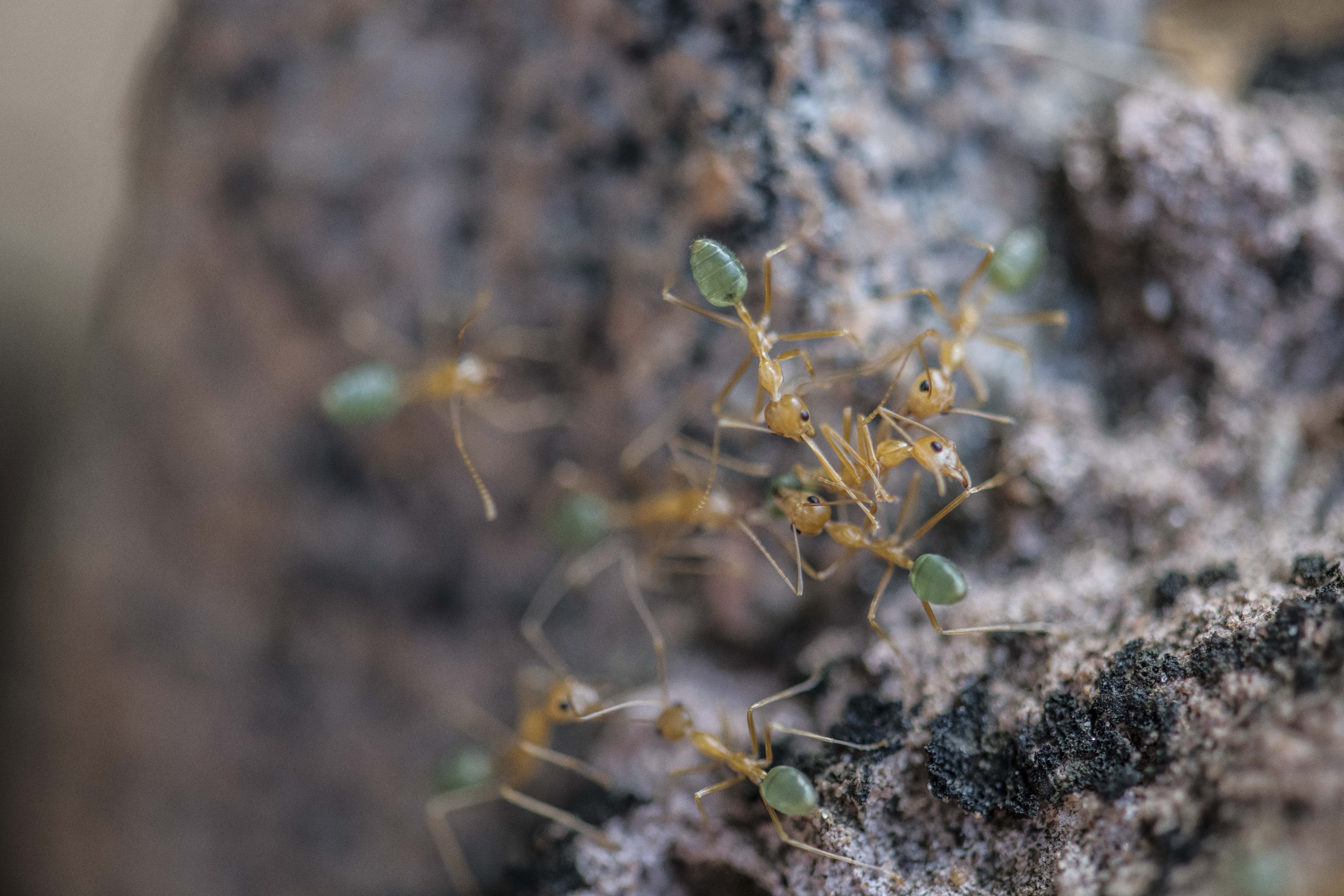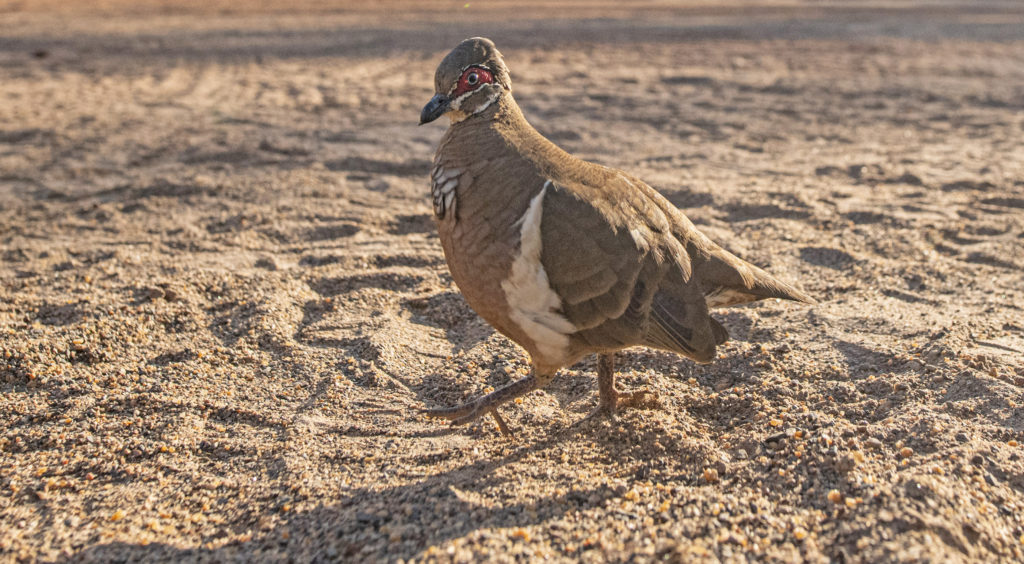25 November 2020
Studying ants and other animals is helping scientists in Australia’s north to ensure that the site of the Ranger uranium mine is rehabilitated to create an environment similar to surrounding Kakadu National Park.
In our third Research for impact video, discover how Hub researchers from Charles Darwin University and the Northern Territory Government, together with the Australian Government’s Supervising Scientist Branch, are tackling this challenge at Ranger uranium mine by developing standards for the return of animals to the site.
Researchers have studied the ants in the neighbouring World Heritage area to provide benchmark information on what to aim for following rehabilitation of the mine, which ceases operations next year.
Project leader Professor Alan Andersen from Charles Darwin University said ants are the most abundant animals in Kakadu and play many important ecological roles, so it makes sense to use them as indicators of the success of mine-site rehabilitation.
Ants promote mine-site rehabilitation by enhancing soil formation and nutrient cycling. If ants are in good shape then this indicates a healthy ecosystem.
– Professor Alan Andersen, Charles Darwin University

Ants are a key group of animals that could be used as rehabilitation benchmarks. Photo by NESP Northern Hub.
Dr Alaric Fisher, Executive Director, Flora and Fauna Division within the Northern Territory Department of Environment, Parks and Water Security, said researchers had also gathered significant data since the 1990s on the vertebrate animals that inhabit the area.
It means that we’ve got really solid data over a very long period of time about the biodiversity in the woodlands surrounding the mine, from which we can make a robust assessment about the success of rehabilitation in restoring a ‘natural’ ecosystem.
– Dr Alaric Fisher, Northern Territory Department of Environment, Parks and Water Security
The Australian Government’s Supervising Scientist, Keith Tayler, said the study’s identification of 50 suitable reptile, bird and mammal species, combined with the characterisation of Kakadu’s ant communities, is allowing for the development of a comprehensive set of faunal standards to compare the rehabilitated site with Kakadu.
The goal of rehabilitation at Ranger is to produce a similar ecosystem to that in surrounding Kakadu, but of course first we need to know what is meant by similar.
– Keith Tayler, Supervising Scientist
“Over the 40 years that we’ve been collecting environmental data, we’ve been able to demonstrate that the environment, including Kakadu National Park, has remained protected from the effects of uranium mining,” Mr Tayler said.
Minister for the Environment Sussan Ley said the practical outcomes of the program highlight the value of the Australian Government’s funding of environmental research through its National Environmental Science Program.
“We have been very successful in protecting the natural environment through the operational phase of mining, and that is due to a large extent to the cooperative work of scientists,” Minister Ley said.
What this latest research does is ensure that the land is rehabilitated to a standard that is fitting not only to the people who live in or visit Kakadu National Park, but also to all of its animal inhabitants, big and small.
– The Hon Sussan Ley MP, Minister for the Environment

The threatened Partridge Pigeon is one of 50 vertebrate animal species recommended for inclusion in the standards. Photo by NESP Northern Hub.
This work developed five specifications for fauna rehabilitation standards at the Ranger site.
In addition, five issues were identified that should be considered whenever rehabilitation standards for fauna are being developed:
Want to know more about the Resilient Landscapes Hub's activities and our research into practical solutions to environmental problems? Stay informed about activities, research, publications, events and more through the Hub newsletter.